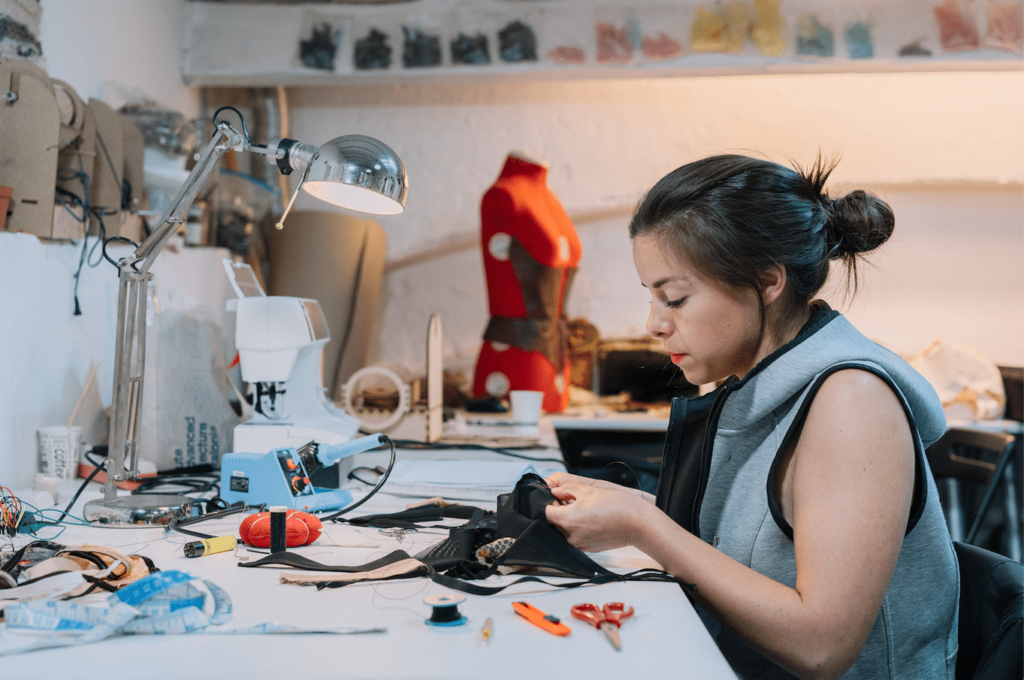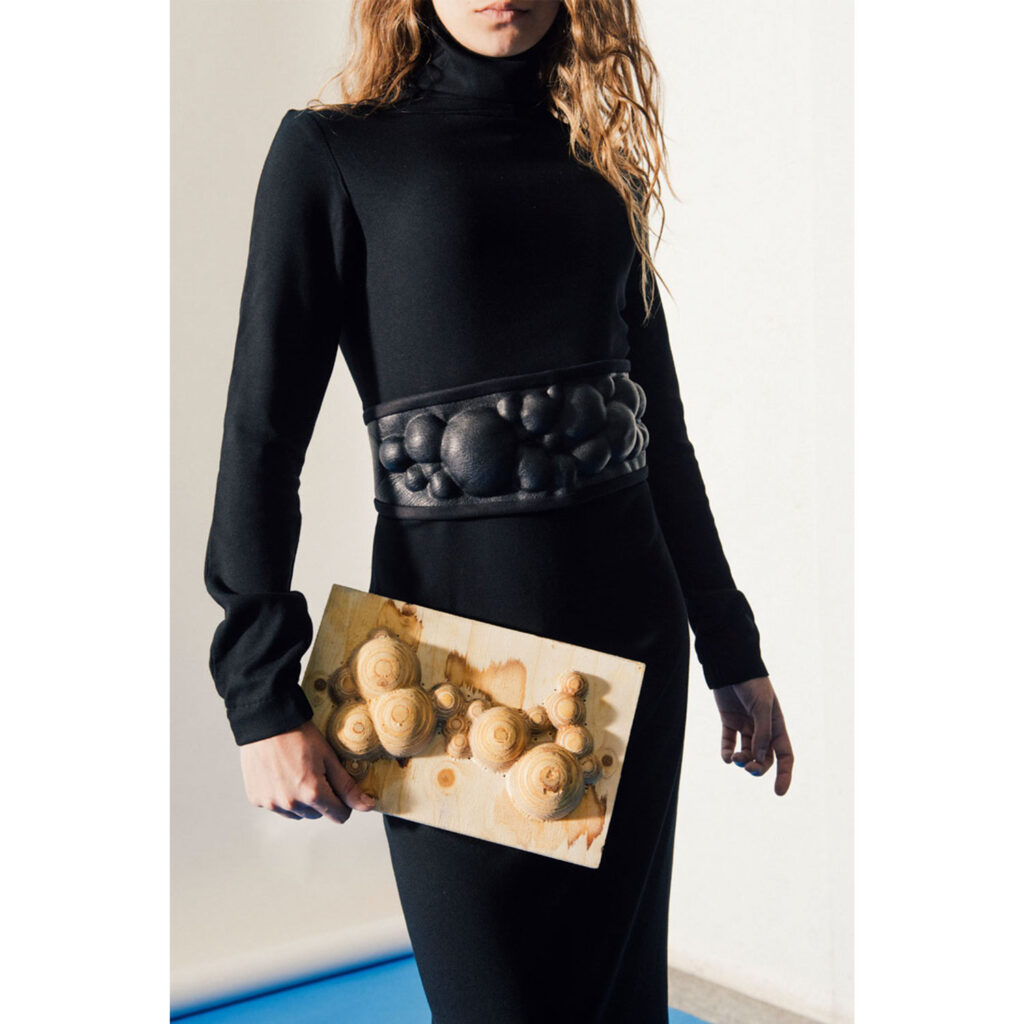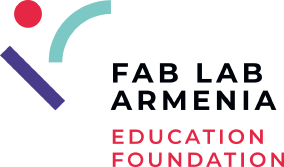
Learning from Fab Lab Barcelona
Ashod Bzdigian is from Santiago, Chile. He is an alumni of Fab Academy, and the teaching assistant for Fab Academy and Instructor for Fab Lab Armenia Education Foundation – Dilijan.
Fab Academy is the world’s first example of distributed learning, a model that combines long distance learning (online coursework) with regional mentorships and partnerships to create nodes of communities around the globe lead by the Professor Neil Gershenfeld, Director of MIT’s Center for Bits and Atoms.
In January 2022, Ashod went to Barcelona and visited Fab Lab Barcelona where he experienced inspiring meetings with experts and interesting projects.
We talked with Ashod about his exciting visit to Fab Lab Barcelona and how he will apply this experience to Dilijan FabLab and Fab Academy.
Ashod tell us a little about you. Where are you from and what brings you to Armenia?
AB. I’m Ashod Bzdigian, from Santiago, Chile. I’ve decided to come here to Armenia because through all my childhood I’ve seen the culture of Armenia through my dad and my grandparents. This gave me the desire to be with my people and to finally experience the Armenian culture. This place was the dreamland of 3 generations in my family, and as I grew up looking at this little Armenia and hearing the stories of it in Chile, I felt that I needed to give back to my country.
How did you learn about Fab Lab?
AB. I was volunteering at the Dilijan Community Centre being a Charisma and Spanish coach, Fab Lab Armenia Education Foundation team came to make a presentation. I was fascinated after seeing the explanation, and what they wanted to achieve as a group.
What brought you to Barcelona?
AB. After a stressful period, I had needed a time of relief and I had decided to go to Madrid to see my brother. When I commented about my plan to Fab Lab Armenia Education Foundation, they asked me very excitedly and happily if I would like to visit Fab Lab Barcelona. We agreed that it was a good idea to visit a Fab Lab that is fully developed and leading with many innovations within the international network of Fab Labs. Also, I could get inspired and bring to Fab Lab Armenia Education Foundation – Dilijan some ideas, concepts and projects that can help us grow Fab Lab Armenia Education Foundation – Dilijan. At the beginning, I didn’t understand this excitement until I saw Fab Lab Barcelona with my own eyes.
What was your impression of Fab Lab Barcelona?
AB. The place was gigantic. Wherever you looked, there was a thing to do, many machines to discover, it was like a vast technological hub inside Barcelona. It was so big that they needed to separate the establishment. First, you have Fab Lab Barcelona in a IAAC (Institute for Advanced Architecture of Catalonia) building. And there is another building of the IAAC, two blocks away from Fab Lab called IAAC Atelier, where students have access to digital manufacturing technology with the assistance of in-house experts as well as a place where they can produce and exhibit their studios and research seminars.
What was the most exciting thing that you saw in Fab Lab Barcelona?
AB. Besides all the fascinating people, projects, machines, and tools, they had, I think it was FABRI. It is a place inside Fab Lab on the second floor, where young people from different countries and cultures work on projects related to clothing and textiles. In Fab Lab Armenia Education Foundation – Dilijan, I heard about young designers wanting to explore technology and clothing, textiles. Before my visit to Fab Lab Barcelona, it would have been difficult to imagine the combination of technology at Fab Labs, the design and fashion industry. Now that I have seen it, I know this is not only possible but the future is very exciting.
What project or program was most inspiring for you in Fab Lab Barcelona?
AB. It is difficult for me to choose the most exciting thing because there are many things in Fab Lab Barcelona that can amaze you. But there are two things that really captivated me. First, it was the use of clothes fabricated with biomaterials. I had never seen a jacket fabricated with orange peels. And second, the use of plants to generate electricity, the technology is called bio-photovoltaics (BPV) and the plant that they use is moss.









What is the main thing that makes Fab Lab Barcelona successful?
AB. I think it is the wide content that they have. Not only they work with brilliant and creative people. But they collaborate with other institutions, like for example IAAC, some universities as well, send requests to Fab Lab Barcelona about projects. Students at the universities join the Fab Lab to have additional help working with special experts in technology. Fab Lab Barcelona even collaborates with the government. This helps build trust, a strong image and with fundraising for Fab Lab Barcelona.
What was the most valuable experience that you had at the Fab Lab Barcelona from the point of view of a teaching assistant and instructor?
AB. I interviewed Guillem Camprodon, executive director of Fab Lab Barcelona and interaction designer, and Eduardo Chamorro, architect, digital fabrication expert and instructor of Fab Academy Barcelona. Both experts, as well as my instructor Babken Chugaszyan, have passion for what they are doing. They are brilliant, experienced and knowledge. I’m speechless about the path that I must follow as a future instructor, to be at least 10% as brilliant as they are. For that reason, a valuable lesson learnt is that I must gain more experience and work more to go beyond. It is not enough to stay with the common things, always go further, always look for the non-traditional path. The things that I’m learning and seeing in this moment of my life belong to a world I did not know before. I am inspired by all the people around me and those I met, and I wish to also become good at teaching at the Fab Lab and inventing the future.

Guillem Camprodon, executive director of Fab Lab Barcelona. Photo Credit: IACC Fab Lab Barcelona. fablabbcn.org 


Did this trip inspire you for new projects Fab Lab Armenia Education Foundation – Dilijan?
AB. As soon as I returned to Fab Lab Armenia Education Foundation in Dilijan, I showed everything about Fab Lab Barcelona to my team, every project, every feeling. So, they could have the same inspiration as me. Right now, I have many projects in my head, but it’s too soon to tell. I need more work to make them a reality.
What did you take from Fab Lab Barcelona that you want to bring in Fab Lab Armenia Education Foundation – Dilijan?
AB. If it’s possible, the smart citizen project about pollution or the concepts of “Remix el barrio”. In Dilijan there is not a big culture about sustainability or the circular economy about what is consumed and what is thrown away. I think Dilijan has all the capabilities of turning into the first green city of Armenia.


How will you apply this experience to Fab Lab Armenia Education Foundation Dilijan and FabAcademy?
AB. If I wish and I really want Fab Lab Armenia Education Foundation – Dilijan to become bigger and more successful, I need to be open to new ideas and concepts, everything is a solution in its own way, teamwork is essential. Fab Lab Armenia Education Foundation – Dilijan is still small compared with Fab Lab Barcelona, and to achieve this, I need to learn more, to contribute and to expand my mind, and with the help of my team and with a lot of dedication, we can lead Fab Lab Armenia Education Foundation – Dilijan to be magnificent.
Smart Citizen. The rapidly increasing global urban population will necessitate new methods of participatory mediation in which urban citizens should be entitled to collect and gather their own data on their environment. Smart Citizen is a platform which connects people, data and knowledge through sensory data which empowers communities to know about and own their urban spaces to ensure the collective development and ownership of cities.
Citizen action in environmental monitoring. smartcitizen.me. Is designed to generate real-time data and awareness about pollution in urban areas and empower communities to seek solutions. The created tools to build smart cities with smart citizens. The Smart Citizen project is a self-funded project by Fab Lab Barcelona. The Smart Citizen platform comprising the Smart Citizen Kit 2.1. +9000 registered users. +1900 unique sensors deployed in +40 countries



